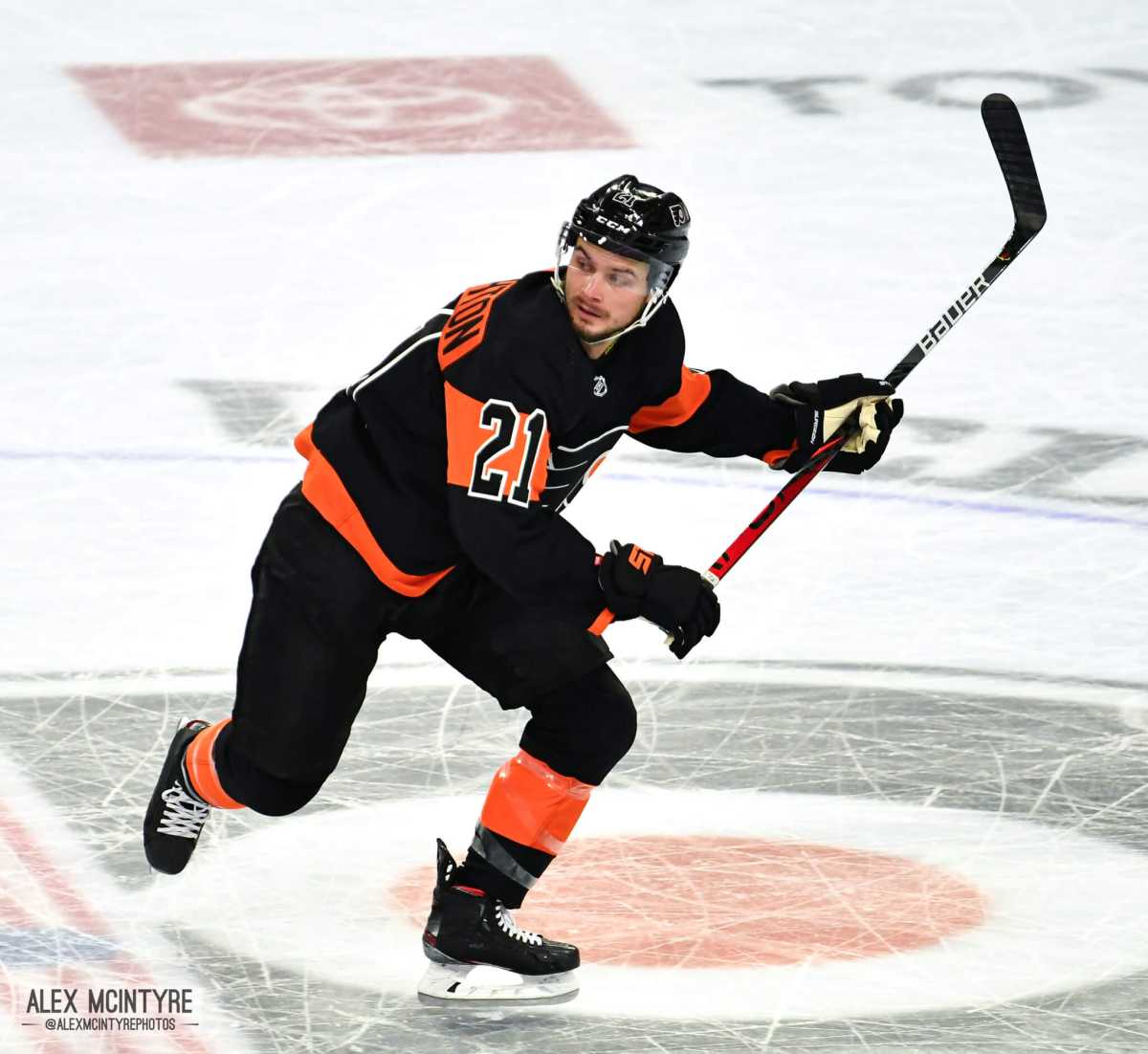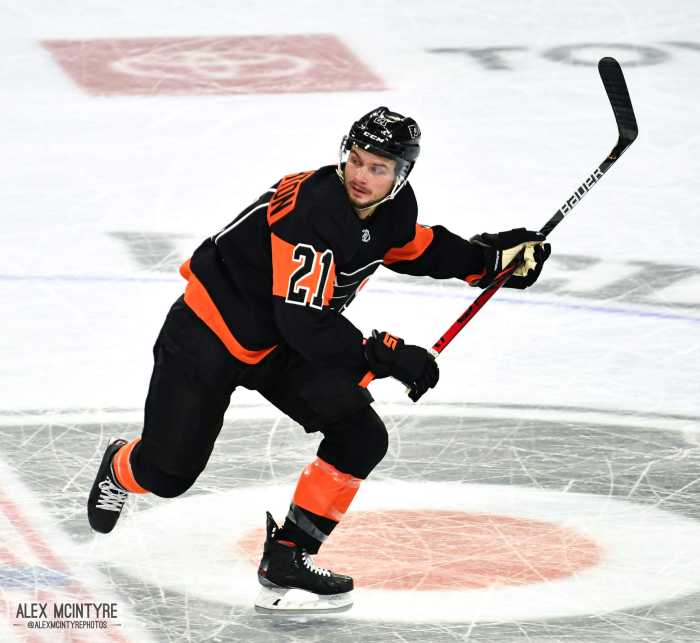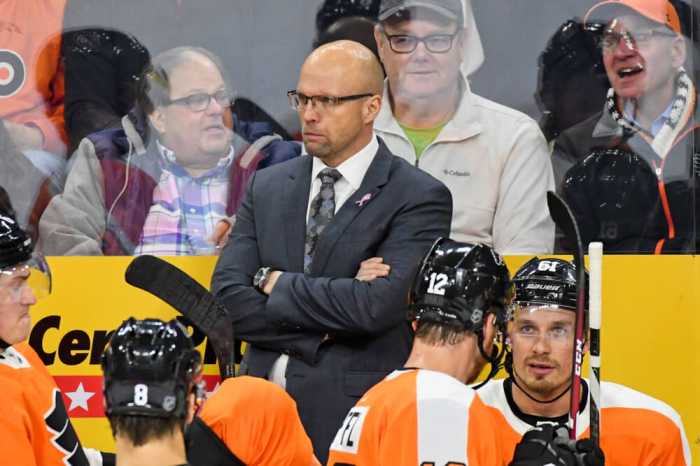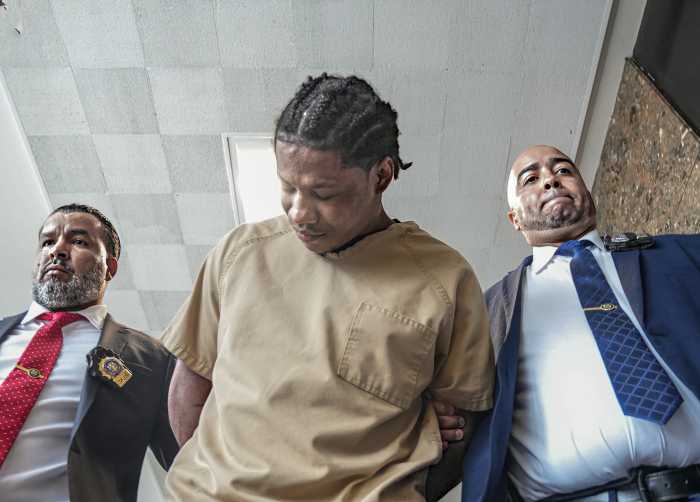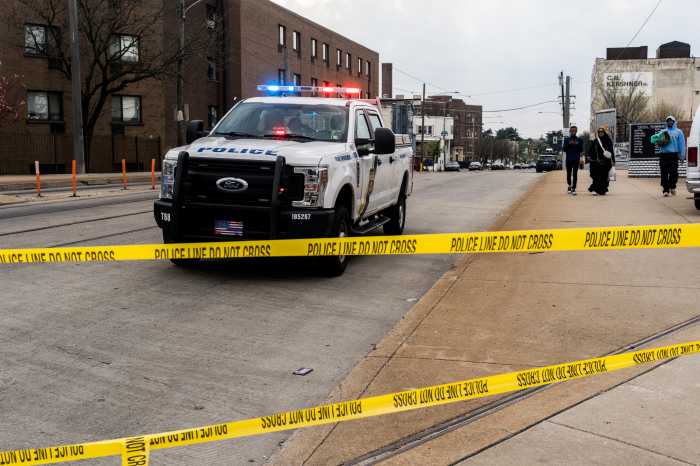More often than not, the Philadelphia Flyers fade after the first period. Then, they’re abysmal in the second. Finally, they attempt to become the cardiac kids in the third, battling from behind.
When the top-six forwards aren’t finding the back of the net, it’s up to the bottom six to bring the energy on the forecheck. Physicality is a great agent in shifting momentum.
Compare 2019-2020 to 2020-2021 in terms of the roster depth. While these seasons were drastically different due to scheduling format, prioritizing role players on the bottom six correlated to team success. These roles require more than veteran leadership. Prospects respond to Mike Yeo, forging decent chemistry with the acquired fourth-liners. Consider this season as an active primer before the brand new coat of paint.
Responsible, well-rounded depth forwards help alleviate pressure from defensive pairs. On paper, the Flyers defense is salvageable. Health plays a critical factor, but they’re better than last year. Admittedly, that’s not high praise, but this lineup is better than what they’ve shown.
There needs to be a careful mix of high-energy depth players, contributing prospects, and reliable scoring playmakers.
Flyers’ Bottom Six
The bottom six contributors are better than 2019-2020:
Scott Laughton and Derick Brassard are back with the team ahead of their road game against the Anaheim Ducks. Those two offer flexibility to approach the second line, making them middle-six forwards. Nate Thompson is a 4C who returned when Alain Vigneault was the head coach.
Unsurprisingly, van Riemsdyk leads the team in powerplay goals. Last year, he led the team in overall points. Frost provides a spark on the ice. He’s showing glimpses of his 2019-2020 self.
Cates and Willman, recalled from the Lehigh Valley Phantoms in addition to Frost, are contributing. Both tallied the only goals for the Flyers in a shootout loss to the Montreal Canadiens.
MacEwen and Brown fit the mold Philadelphia needs to be. They’re relentless. Often, they’re the most energetic skaters on the ice. Winning puck battles and challenging opponents with a stubborn forecheck is what they do. They belong in this organization because of their brand of hustle; their style of play.
Defensive Help
During the point streak, the play of the bottom six forwards bailed out the defense on a few occasions. Keith Yandle hasn’t performed to expectations. Nick Seeler and Kevin Connauton are band-aids, a product of Ryan Ellis and Samuel Morin being unavailable due to injury. Zack MacEwen and Patrick Brown act as additional help more often than not.
| Player | iCF | SAT‑F | SAT‑A | CF% ▼ | CRel% | ZSO | ZSD | oZS% | HIT | BLK |
|---|---|---|---|---|---|---|---|---|---|---|
| Maxwell Willman | 3 | 9 | 8 | 52.9 | 9.3 | 5 | 4 | 55.6 | 1 | 0 |
| Zack MacEwen | 2 | 12 | 11 | 52.2 | 9.1 | 2 | 8 | 20.0 | 1 | 0 |
| Joel Farabee | 2 | 13 | 12 | 52.0 | 9.1 | 3 | 2 | 60.0 | 0 | 1 |
| Claude Giroux | 1 | 13 | 12 | 52.0 | 9.1 | 3 | 4 | 42.9 | 0 | 0 |
| Kevin Connauton | 2 | 21 | 20 | 51.2 | 10.5 | 7 | 4 | 63.6 | 2 | 2 |
| Justin Braun | 5 | 11 | 11 | 50.0 | 6.2 | 3 | 9 | 25.0 | 0 | 0 |
| Jackson Cates | 2 | 14 | 14 | 50.0 | 6.7 | 2 | 6 | 25.0 | 0 | 0 |
Max Willman, Jackson Cates, and MacEwen were steady against the Los Angeles Kings. Joel Farabee and Claude Giroux performed relative, where both had multiple point evenings. Mostly everywhere else lagged, including half of the defensive unit.
In 2019-2020, the Philadelphia Flyers were strong defensively. The bottom-six served more as a luxury to support special teams. Now, the defense isn’t nearly as stable. It doesn’t necessarily mean that the lineup is worse. Roster turnover and injuries shift the strength from the defensive unit to the bottom six.
The context changed the strategy in Philadelphia.
(Photo Credit: Alex McIntyre)

